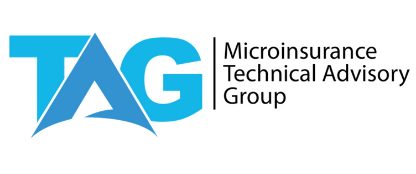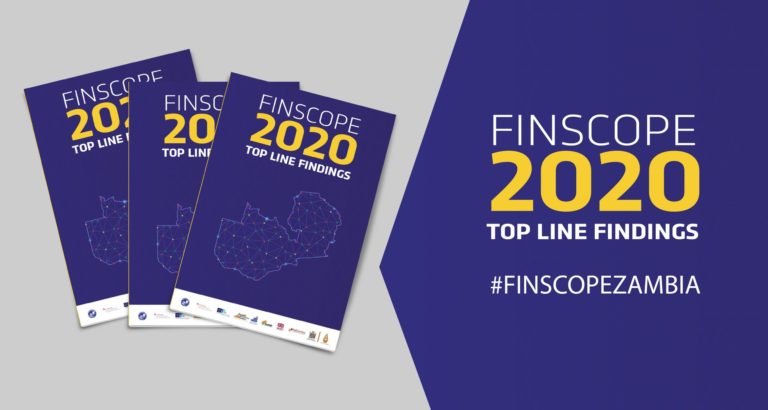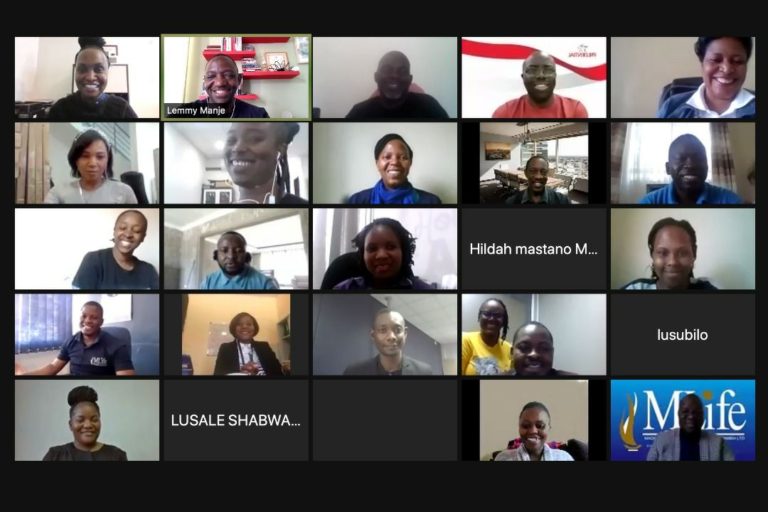
By Debbie Kamanga Banda
The need for financial inclusion has been an agenda item for many insurance industry players in the recent past but it’s actualization has been very elusive. The target market for inclusive insurance is undoubtably huge not only locally but at global level as well and has potential to change both the livelihoods of families and misconceptions about life insurance for the informal sector. Therefore, every insurer should have a deliberate resolve to make insurance one of the most sought-after financial products for this market category as they will realize that indeed insurance is a solution for tomorrow.
This article is sharing on a never-ending learning journey in the inclusive insurance space since 2021. Despite having worked for an insurance company for 8 years and graduated in Insurance and Pensions management before taking up an appointment in the inclusive insurance unit, I had no slightest clue what microinsurance or inclusive insurance was all about. My first reading on microinsurance was when I was preparing for the interview, and it opened my mind to a whole new interesting spectrum of insurance. This did not only stir my interest to serve but ignited a passion to push the inclusive insurance agenda across the nation, and I am still on this trajectory.
The foregoing gives a clear picture of how little microinsurance is known out there and sets a base for everyone in the inclusive insurance space to set sail from. This article is meant to share the need for serious and relentless consumer awareness if the industry is to realize improved uptake and be able to derive value from investing in inclusive insurance.
1. Consumer awareness.
A lot of investment is required in this area as there is need to ensure that the target market has adequate information about the products, accessibility, and benefits. For Life products the message should be clear, demonstrative, and simple with the goal that independent decisions will be made to settle on the best choice available.
In simplifying the message, get to their areas, have a feel of their environment, aspirations, key activities as well as the language widely used.
It is during this period of field immersion that people will share the challenges they face, their coping mechanisms and with this information insurers can develop ideal products using an outside in approach based on real life issues. It is worth noting that product development with target market involvement makes product comprehension easier.
Consumer awareness campaigns should be intentional by creating an atmosphere that allows you to blend with their lifestyle and make the audience feel that you empathize with them and wish the best for them, once you build confidence the decision making becomes easier. This certainly cannot be achieved if it is carried out as an annual calendar activity as it is very likely that your audience may have evolved.
2. Product awareness
While it may be perceived that traditional products especially general insurance are sought after by their nature as they cover risks associated with assets or tangible goods, the uptake in Zambia is still low standing at around 4%.On the life insurance products side, only those in the formal sector in the recent past have come to take up life cover either through the employer or government pronouncement.
Even with the fore mentioned, people are not aware about the many products that are being offered on the market, all they are familiar with is motor insurance without even a further appreciation of how it works.
For the informal sector, a lot needs to be done to provide the array of products available, how they work as well as the benefits the households and other affinity groups can derive.
3. Rural outreach programs
It is almost automatic that when awareness programs are drawn, the focus is either on provincial centers or along the line of rail. How often do we go into the rural areas? How much are the traditional leaders engaged on the need for insurance for their subjects as insurers?
Having visited some chiefdoms and interacted with the Highnesses and chiefs’ council representatives, their warm welcome and questions “where have you been all this time?’’ “ when are you coming back again?’’ followed by the instruction “ make sure you get to all the zones and villages ’’. This made me realize how the rural communities have been deprived in this area while we all focus on the urban areas.
Rural communities
Investing in rural activities will help change the inclusive insurance uptake as the market is ripe and all people need is information.
4. Awareness locations.
It is interesting to see how we organize awareness programs away from the intended market, by pitching to the wrong market we are already planning against the target. Erecting gazebos at malls, marching along the main streets of the big towns may announce our brand presence but may not achieve the intended objective. It is always important for micro insurance drivers to be intentional in our planning and ensure that there is coherence in the activities undertaken.
One on one product sharing
5. Claim settlement.
As it is commonly said “the proof of the pudding is in the taste”, we sell a promise and once it is kept, the communities get encouraged and those that may have doubted earlier, come on board. For the informal sector this is critical and regardless of what jargon maybe used, settle claims within the indicated time frame for them to serve the intended purpose of easing financial stress during the time of grief. In conclusion, it can be stated that there is a pot of gold sitting in the informal sector for micro insurance products therefore concerted effort is required to ensure that the target market is enlightened to appreciate insurance. There is a common adage that “insurance is not bought but sold’’, thus we have a duty to ensure that information is well disseminated about the products, benefits, availability, and accessibility continuously to our target market. Only then will insurance be accepted by those in the low-income bracket as being a solution for tomorrow as per the 2022 Insurance week theme.




